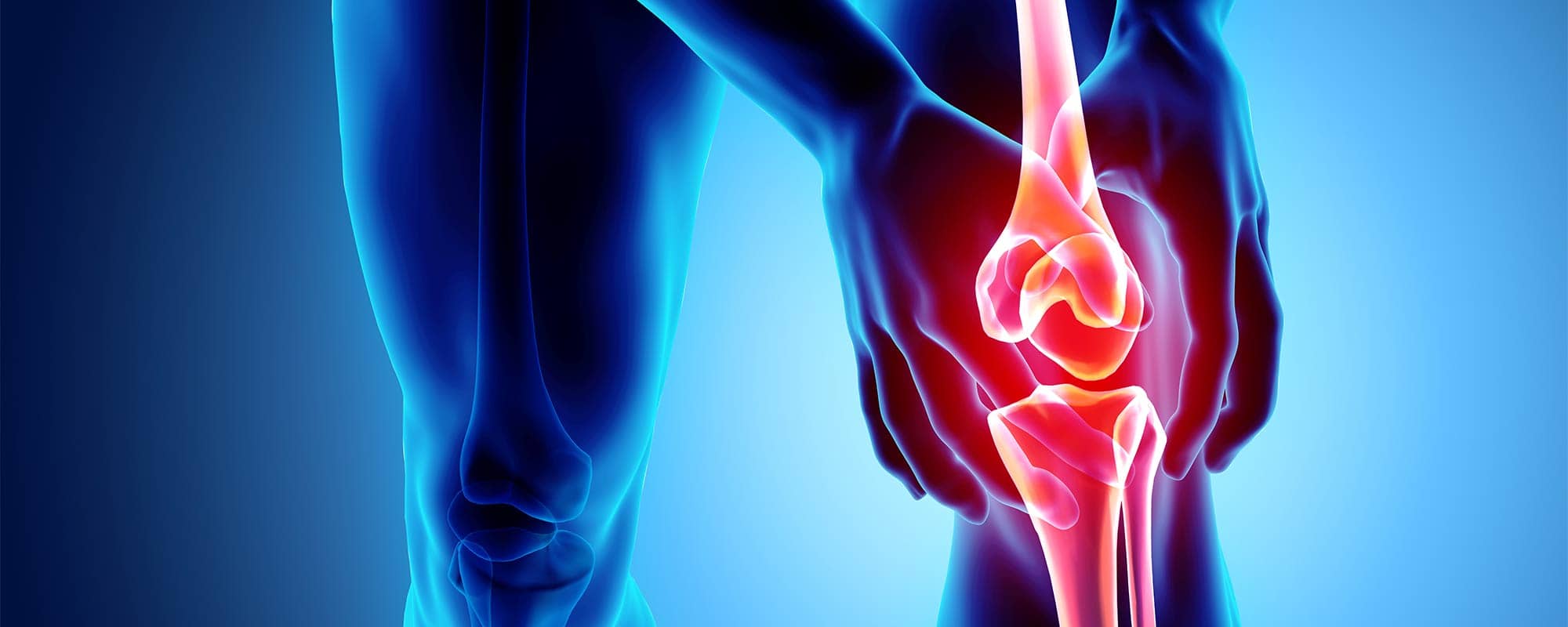How do you simplify one of the most common surgical procedures, knee replacement surgery, and get patients back on their feet faster and with less pain? A collaboration between the University of Malta Faculties of Engineering and Medicine, alongside their industrial partner EMPAV Engineering Ltd, is attempting a solution.
Arthritis is one of the leading causes of debilitating pain in Malta (and the world), ranking in the top three of medical problems that cause pain and suffering in the population. This irreversible condition is caused by slow degradation of the cartilage which surrounds joints such as knees and hips. While some types of arthritis can be managed with painkillers, exercise, or other medications in its early stages, once the severe pain sets in, the only option is surgery.
This invasive surgery to remove the arthritic joint and replace it with a new titanium (or other material) substitute is not suitable for everyone. Older patients or those with an underlying health condition might not be able to undergo the necessary anaesthetic, and for anyone that can, the recovery times can be long and disabling. Besides, there is a long waiting list for such operations, so the surgery is often only available through the national health services when the patient has reached levels of considerable pain and dysfunction.
What’s needed is something that can be used before things get to this stage. Something that can work to bring relief to people who are suffering from cartilage damage and try to stop the progression of the condition.
This is where MaltaKnee comes in. Working alongside their industrial partner, EMPAV Engineering Ltd, the project has brought together members from the Faculty of Medicine and the Faculty of Engineering at the University of Malta. Thanks to Prof. Pierre Schembri Wismayer from the Faculty of Medicine, Dr Arif Rochman, Prof. Ing. Pierluigi Mollicone, Prof. Ing. Joseph Buhagiar of the Faculty of Engineering, and Karl Galea Naudi Borg as the Research Support Officer, the MCST-funded project aims to provide a solution without the need for long hours in the operating theatre.
The process involves placing a small, elastic-like implant, referred to as a ‘bubble’, into the arthritic joint. Once there, the bubble can replicate the job of the cartilage – protecting the joint by shock-absorbing force caused by walking or running. The bubble is tiny – only a few millimetres in size – so it can be placed within the joint using a process known as arthroscopy. This means that only a tiny incision is made near the knee, requiring a few stitches, and then, hopefully, the patient is back on their feet in a matter of hours.
However, MaltaKnee still has a way to go before it reaches that stage. At the moment, the team is testing different combinations of materials and shapes that could make up the bubble, which will be tested using computer modelling to see which performs best. Once a few candidates have been selected, the team will build prototypes of the bubble, and put them under pressures they would face in the knee joint using a custom-made rig. This will help make sure that the bubble is still functional at different thicknesses, while receiving pressure from a variety of angles, or with changes in weight.
MaltaKnee should streamline treatment for arthritis, making it accessible for people for whom joint replacement is not an option. This innovative approach to surgery could mean faster treatment, shorter wait times, and a reduction in the cost of medical treatment for both patients and healthcare services. Its potential is great – and we watch with anticipation as the project continues to develop.
While the prospects of MaltaKnee are exciting, the product will not be used by local hospitals in the short term. The project aims to fund the research needed to test their hypothesis and create a prototype. However, rigorous testing needs to be conducted in order to ensure the implant passes the regulatory process before it can be made available as a treatment, both locally and internationally. At a later stage, this will involve clinical trials which require considerable further funding and possible venture capital input or angel investment.
MaltaKnee (R&I-2019-027-T) is financed by the Malta Council for Science and Technology through the Fusion: R&I Technology Development Program.
Author
-
Becky Catrin Jones is a freelance writer and science communicator based in London, UK. After completing her PhD in cell biology, she moved away from academia and into communication to spend more time talking about and sharing science. Becky has written for THINK since 2017, and managed a number of other blogs including for the international Pint of Science festival. Although biomedical research is a topic close to her heart, she is excited about all areas of research, and has written on subjects from cheese to concrete.
View all posts





Comments are closed for this article!